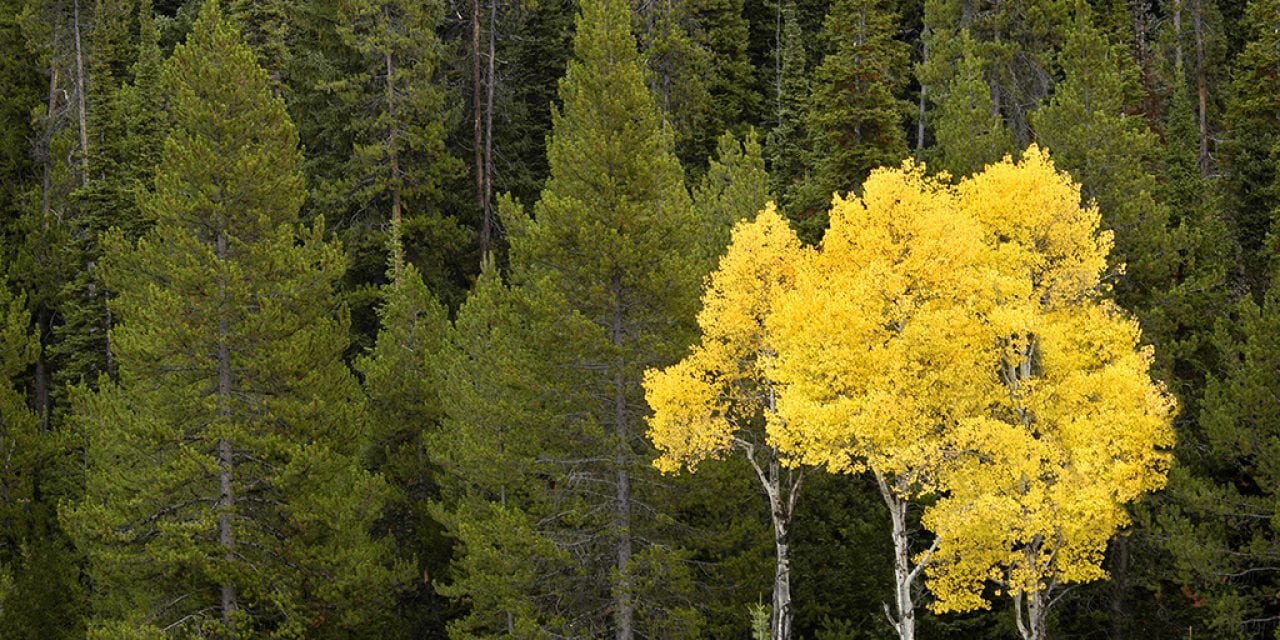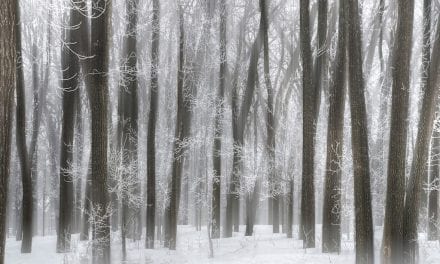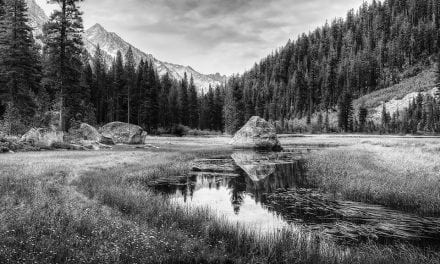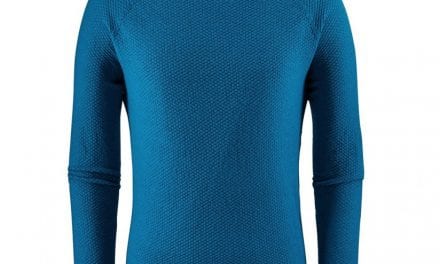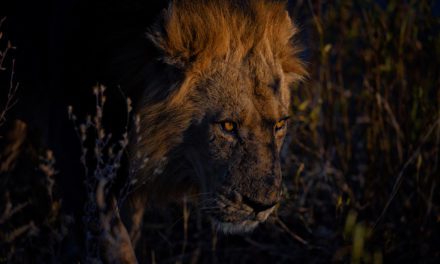
The cool, crisp fall air beckons us to get outside and explore with our cameras this time of the year. Following up my fall color photography tips from last week, I’d like to share some pointers you can put to use when exploring your favorite wooded trails, and the flora and fauna of the forest.
Keep it Clean: The forest floor can be messy. Rather than rake the entire scene, find a section free from debris. Look for patterns in and amongst the trunks. Find sections of branches that frame other forest elements. Get creative and try some pan blurs. Use a neutral-density filter to obtain shutter speeds that last a few seconds. Slowly pan up or down the trunks to create a painterly effect. Another effect is to zoom the lens during the exposure so radial trunk lines converge at the center of the composition.

Compress the Effect: The majority of forest and tree images are made with wide angles. These shots are iconic so go ahead and make them, but realize everyone else does the same. To avoid the cliché, attach a telephoto to compress the distance between the trunks. Look for patterns, shapes and textures. Carefully compose your compositions. Moving just a few inches can mean the difference between a great shot and one with awkward mergers or background distractions.
Isolate: Look for situations of opposing colors. This is especially true in autumn. In evergreen forests, a deciduous tree often finds its way in and amongst the rest of the forest. Because it’s different, that tree stands out. Compose the image so that tree is positioned in the rule of thirds. Vary it up and try it in the center of the frame. Decide which one works better when you edit. It’s better to have the image in your files than wish you would have photographed the scene a different way, but didn’t. As I always say, “Exhaust All Possibilities” when you’re in the field.
The Intimate Forest Image: Just because you’re in a forest doesn’t mean you have to photograph its entirety. At the base of a trunk, a gorgeous array of autumn leaves may appear. An isolated spring flower may emerge from the forest floor and live next to or in front of a pristine trunk. A field of greenery may surround a solitary tree. Highlight it and compose the image so just the trunk is placed in the rule of thirds and the greenery shows the environment. Shoot it wide, shoot it tight, shoot it vertically, shoot it horizontally—exhaust all possibilities.
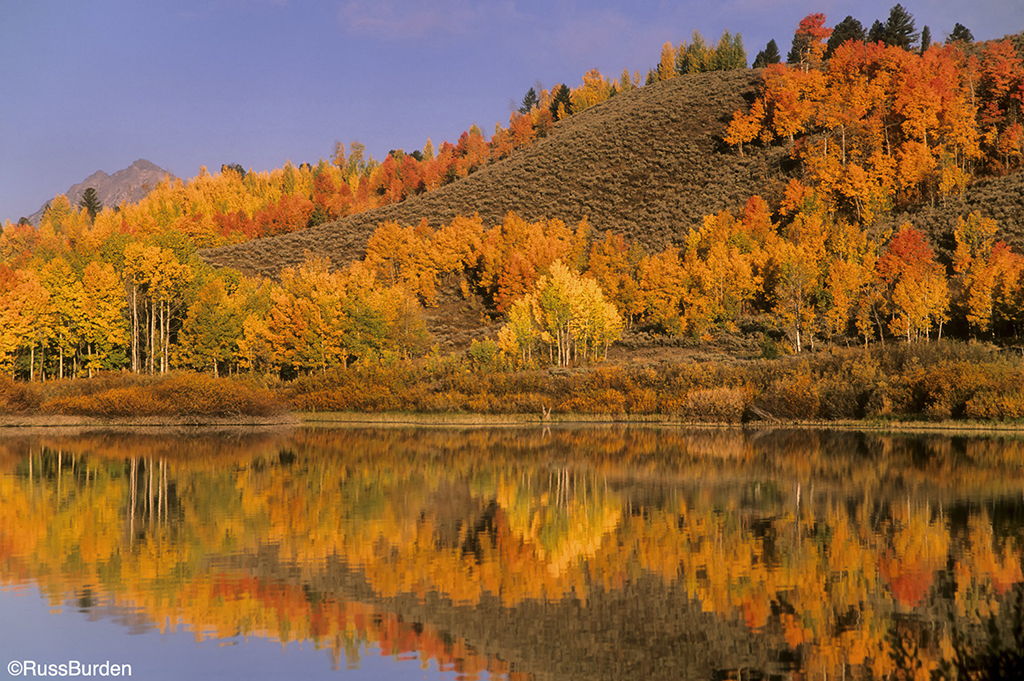
Polarize It: If the sun is out, glare appears on leaves—this is especially true if the leaves are wet or shiny. Glare can also appear on overcast days. Glare robs leaves of their saturation. The polarizer removes the glare so the saturated color of each leaf comes through. While it’s imperative to use a polarizer most of the time, it’s especially true in the fall.
Lines And Shapes: Incorporate the use of leading lines into your images. My favorite is the S curve. It allows the viewer to course his or her eyes through the image as it follows the curve of the S shape. The S curve will more than likely be a trail, path or dirt road that runs along the forest floor. Compose the image so the S curve traverses through it or brings the viewer to a key element. It also allows the viewer to enter the image where the curve begins and exit out the other side.
Visit www.russburdenphotography.com for information about his nature photography tours and safari to Tanzania.
The post Into The Woods appeared first on Outdoor Photographer.

